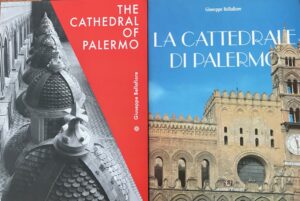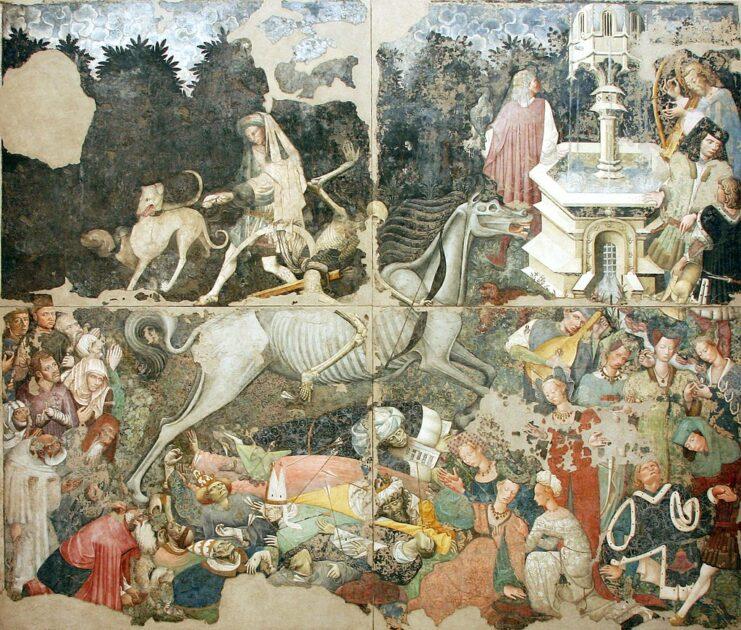

The «Triumph of Death» is a very large painting. It came to the regional museum in the palazzo Abatellis after the Second World War, after the Palazzo Sclafani had been bombed. In was probably part of a big decorative cycle, painted around the middle of the fifteenth century, and is the only panel that is left. The technique seems to imitate encaustic painting. It is still not clear whether the painter came from Flanders, from Spain or from France, but he was undoubtedly a very cultured man, familiar with European philosophy. The style of the painting is very delicate — which cannot be said of the local Sicilian painting of that epoch. The «Horse of Death» overthrows everything on its way, nothing is safe: kings, popes, princes and common people — anyone enjoying the delights of life is struck by his sword. The motif is well knows from Medieval poems, paintings and legends — from the plague-struck cities of the later Middle Ages. The figures are carefully modeled, the draperies very elegant, the gestures subtle, and the faces melancholy. The skeleton horse dominates the composition. Sad or frightened figures surrender to their inevitable fate. The tragedy takes place in the happy world of the upper classes. It is thought that the figure with brushes in his hands, in the top corner, is a self-portrait of the painter. Next to him is his pupil, holding the palette.
Share on:

Address: Via XX Settembre, 53 – 90141 Palermo
Telephone: +39 371 1897997
Email: susannabellafiore@gmail.com

Credit card
Paypal

Copyright 2021 Susanna Bellafiore Editore P.IVA: 06223200822 – Casa editrice a Palermo – Privacy e Cookie Policy